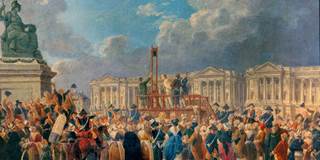A Tale of Two Realities
The material and moral progress made possible by the Enlightenment is evident across a wide range of metrics, from human rights to life expectancy. But today's political leaders seem inadequate to the task of managing the Enlightenment's more troubling legacies.

MADRID – The opening line of Charles Dickens’s A Tale of Two Cities retains its universality to this day. “It was the best of times, it was the worst of times,” Dickens writes, “it was the age of wisdom, it was the age of foolishness, … it was the spring of hope, it was the winter of despair.”